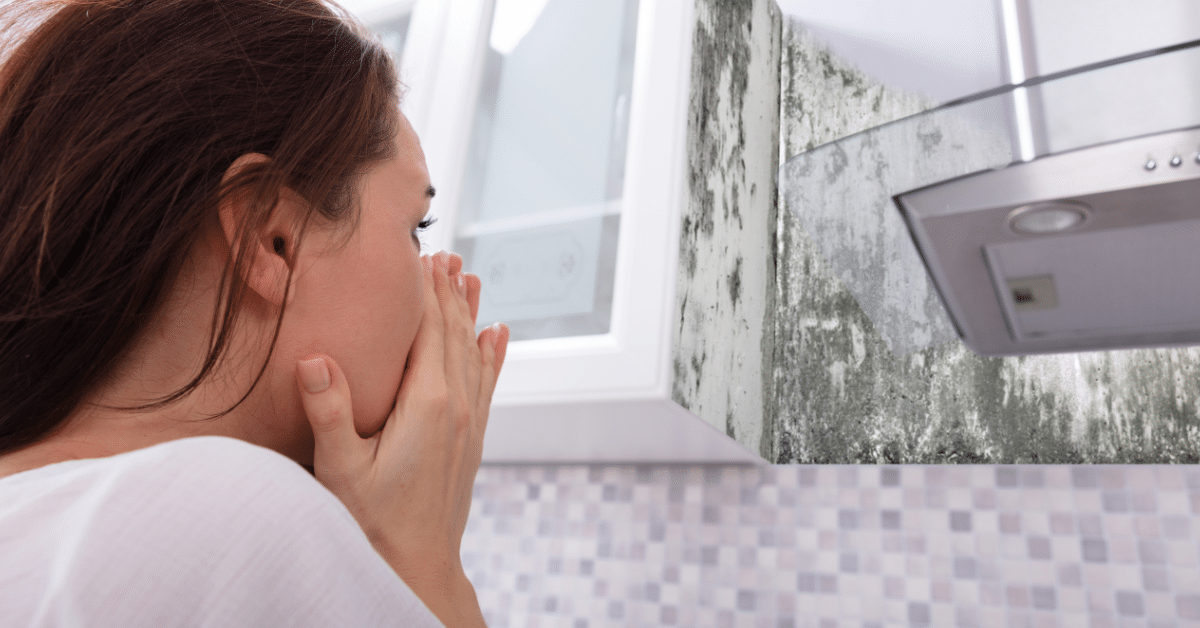Mold Inspection And Testing – What’s The Difference?
Mold is a type of fungi that thrives in damp, dark, and humid environments. Mold spores are everywhere – in the air, on surfaces, and dust. Mold spores are found both indoors and outdoors, and can enter your home through open doors, windows, ventilation systems, or on clothing and pets. When these spores come into contact with moisture, they can start to grow and spread.
While most mold is not harmful, some types of mold can produce toxins (mycotoxins) that can cause health problems in people and animals, including allergic reactions, headaches, respiratory problems, skin irritation, and fatigue. In some cases, mold exposure can also lead to more serious health conditions such as pneumonia or cancer.
This is where mold inspection and testing comes in. Mold inspection and testing is the process of assessing a mold problem and determining the extent of the contamination.
When Should I Consider Mold Inspection And Testing?
You should consider mold inspection and testing if you are planning to buy or sell a home, or if you are experiencing health problems that you think may be related to mold exposure. For instance, if you or someone in your home is experiencing unexplained allergies or respiratory problems, it could be due to mold.
If you notice a musty or mold growth, or even if you see visible mold growth, it’s time to call in a mold professional. Mold can spread quickly, so it’s important to nip the problem in the bud as soon as possible.
Water damage is another of the most common causes of mold growth. If your home has been affected by water damage, it’s important to have a professional inspect for mold as soon as possible.
What Happens During a Mold Inspection?
A mold inspection is usually conducted by a mold specialist or an environmental consultant. Mold inspectors use various tools and techniques to identify mold growth and assess the extent of the problem. This can include using a moisture meter to check for moisture in the walls, looking for visible mold growth, and taking samples of the air and surfaces for testing.
What Happens During Mold Testing?
Mold testing on the other hand is used to confirm the presence of mold, identify the type of mold and determine whether it is toxic.
Usually, the first step of mold testing is to check for moisture in the walls. This can be done with a moisture meter, which is a tool that measures the amount of water in building materials. Moisture meters can be used to locate hidden mold growth and assess the extent of the problem.
Next, the inspector will look for visible mold growth. This can be done by simply looking for mold growth or by using a tool called an endoscope. An endoscope is a small camera that can be inserted into tight spaces to look for mold growth.
Finally, the inspector will take samples of the air and surfaces for testing. The most common type of air sampling is done with a pump-and-air sample collector. This device pumps air through a small tube and collects samples on a filter. Surface samples can also be taken with a swab or tape lift. These samples are then sent to a laboratory for analysis.
What Is The Difference Between Mold Inspection And Mold Testing?
Simply put, mold inspection is the process of assessing a mold problem and determining the extent of the contamination. Mold testing is used to confirm the presence of mold and identify the type of mold. In most cases, mold testing is done after a mold inspection has been conducted.
Is Mold Inspection And Testing Worth The Money?
Mold inspection and testing are often seen as a waste of money. After all, mold is commonly found everywhere, so why bother paying for someone to come and test for it?
Mold inspection and testing can be costly, but the truth is, mold inspection and testing can be a wise investment, especially if you are concerned about the health of your family or employees.
If you choose to do nothing about it, the problem will only worsen. Mold will spread and grow, causing more health problems for those who occupy the space. In addition, neglecting a mold problem can cause extensive damage to your home or office.
If you suspect that you have a mold problem, it is important to contact a professional mold professional like Air Quality Assessors as soon as possible. Mold problems can worsen quickly and can be difficult to resolve without the help of a professional.
—
The bottom line is that mold inspection and testing should not be taken lightly. Consult a professional mold inspector or remediation specialist, as confirmed by the U.S. Government EPA. They will be able to assess the situation and determine the best course of action.



